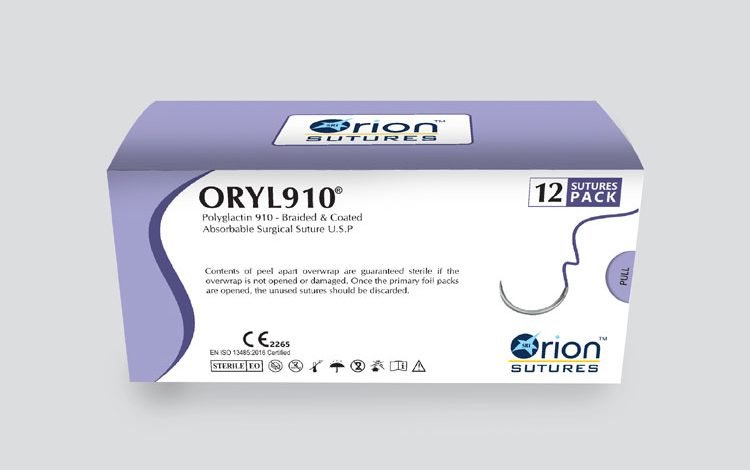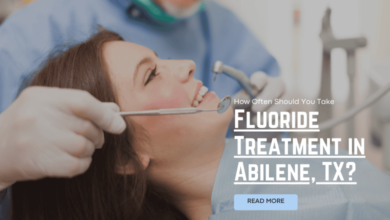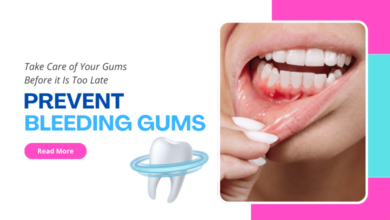Polyglactin 910 Sutures: Future Surgical Wound Closure

Surgical wound closure is an integral part of any surgical procedure. The use of sutures has been a standard practice for decades to close wounds and promote healing. However, not all sutures are created equal. Some sutures may cause tissue reactions, inflammation, and even infections. This is where polyglactin 910 sutures come in. These sutures have been gaining popularity in recent years due to their superior properties and benefits. In this article, we will explore the composition, properties, benefits, and clinical applications of polyglactin 910 sutures.
Understanding the Composition and Properties of Polyglactin 910 Sutures
Polyglactin 910 sutures are synthetic absorbable sutures made from a copolymer of glycolide and lactide. They are a type of braided suture, which means that they are composed of several individual filaments twisted together. The braided construction of polyglactin 910 sutures gives them greater strength and flexibility than monofilament sutures.
Polyglactin 910 sutures are coated with a polymer called polycaprolactone. The coating provides lubrication, making it easier for the suture to pass through tissues. The coating also slows down the absorption process, which can help the suture to remain intact for longer periods.
Benefits and Advantages of Polyglactin 910 Sutures in Wound Closure
Polyglactin 910 sutures have several benefits and advantages over other types of sutures. One of the main benefits is that they are absorbable, meaning that they are broken down and metabolized by the body over time. This eliminates the need for suture removal, which can be uncomfortable for the patient and time-consuming for the healthcare provider.
Polyglactin 910 sutures also have excellent handling properties. They are easy to handle and tie, which makes them ideal for use in a wide range of surgical procedures. The braided construction of polyglactin 910 sutures also provides greater strength and flexibility than monofilament sutures. This allows the suture to withstand greater tension and stress, which can help to prevent wound dehiscence and promote healing.
The versatility of Polyglactin 910 Sutures: Suitable for Different Surgical Procedures
Polyglactin 910 sutures are suitable for use in a wide range of surgical procedures, including general surgery, obstetrics, gynaecology, and orthopedics. They are particularly useful in procedures where there is a risk of infection or inflammation, as they are absorbable and have low tissue reactivity.
Polyglactin 910 sutures are also available in different sizes and lengths, making them suitable for different tissue types and wound sizes. This versatility allows healthcare providers to select the most appropriate suture for each specific procedure and patient.
Biodegradability of Polyglactin 910 Sutures: Minimizing Tissue Reactivity and Inflammation
One of the main advantages of polyglactin 910 sutures is their biodegradability. The suture is broken down and metabolized by the body over time, eliminating the need for suture removal. This can reduce the risk of infection and inflammation, which can occur if the suture is left in place for too long.
Polyglactin 910 sutures also have low tissue reactivity. This means that they do not cause significant tissue irritation or inflammation, which can delay wound healing. The biodegradability and low tissue reactivity of polyglactin 910 sutures make them an excellent choice for surgical procedures where wound healing is a priority.
Conclusion
Polyglactin 910 sutures have become the preferred choice for many healthcare providers due to their superior properties and benefits. They are absorbable, have low tissue reactivity, and are easy to handle and tie. They are also versatile and can be used in a wide range of surgical procedures. With proper handling and storage, a polyglactin 910 suture offers safe and effective wound closure, promoting faster healing and minimizing the risk of infection and inflammation.




